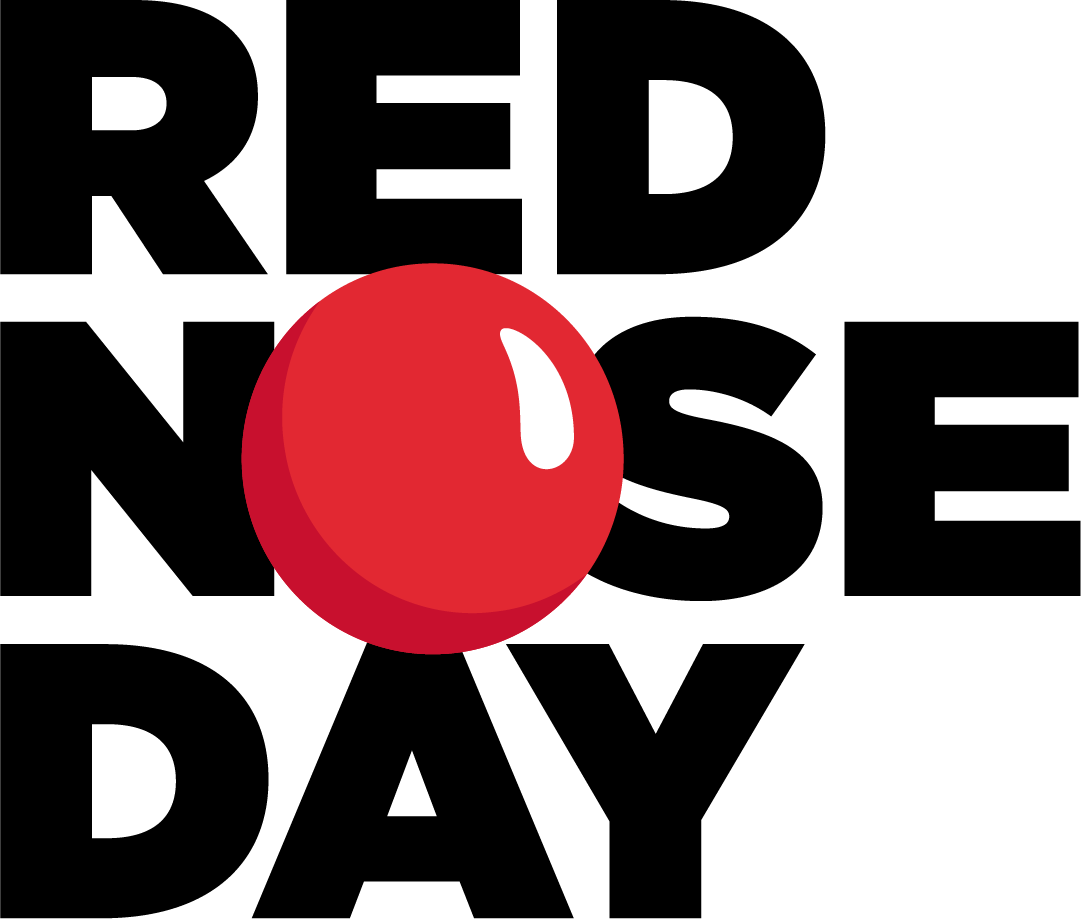
Food Insecurity in America: What We Can Do, Together
Healthy, nutritious food is one of the necessities every person needs to survive and thrive. But for millions of children living in poverty in the US, regular access to healthy food is all too difficult to come by.
Continue reading below to learn how the pandemic is exposing these inequalities and impacting children living in poverty in the US, and why Red Nose Day’s programs are now more critical than ever.
Food insecurity in America is a growing problem we can not afford to overlook. Defined as “lack of access, at times, to enough food for an active, healthy life for all household members and limited or uncertain availability of nutritionally adequate foods,” there is growing consensus from our partners that a crisis looms ahead for the families that we serve.
Experts estimate that since the start of the pandemic, the number of U.S. households with children who are food insecure has doubled, reaching levels not seen since the Great Depression.
Currently, 19 million Americans live in food deserts-defined as locations where access to supermarkets, food pantries, or food-sharing programs, with affordable healthy foods are outside of an accessible radius or are in short supply. One study found that wealthy neighborhoods had three times the number of grocery stores than poor neighborhoods, and majority White neighborhoods had four times the number of grocery stores than majority Black neighborhoods. At the same time, many communities exist in food swamps, areas flooded with fast foods and “fringe foods” options that are far more readily available but tend to be unhealthier and less nutritionally sound.
Prior to the pandemic, food insecurity in America was at the lowest it had been in 20 years. Even so, 35.2 million people, including 10.7 million children, lived in food-insecure households. Today, the number of households with children who are food insecure has exploded, with estimates citing that there could be up to 13 million children experiencing food insecurity here in the US. And, while food banks and local meal programs have risen to the occasion under the most extraordinary of circumstances, it’s clear that more needs to be done.
Families are struggling right now and, despite the financial relief that the recently-passed COVID recovery bill will provide to many, there is a long way to go to make up for the progress made in recent years that has been wiped out during COVID-19.
The scale of food insecurity in America, particularly for Black, Indigenous, and communities of color, is deeply troubling when considering that these communities are also disproportionately affected by the health impacts of the pandemic as well as inequitable access to healthcare, education, and fair housing. Due to these pervasive, systemic issues, households of color are far likelier to experience food insecurity, according to the Urban Institute: Black households are three times as likely to have reported food insecurity in 2020while one in four Hispanic households with children also not having sufficient food due to a lack of resources.
Food insecurity in America is not confined to any single region, nor is it a rural versus urban issue as some may assume; it affects rural, urban, and suburban communities. According to research from the USDA, 1 in 10 American households was food insecure in 2019. Because this issue affects people in every county across the US, statistically speaking — it is even likely that some of your neighbors may have struggled to access enough food for their families due to financial constraints or insufficient resources.
Food insecurity is also related to a host of other negative outcomes for children. It has been linked to lower reading and math scores, physical and mental health struggles, behavioral issues, and obesity. While many schools have not yet resumed in-person teaching, young people in underserved communities will continue to face greater risks of experiencing food insecurity, malnutrition and even falling behind in school.
By some estimates, 1 in 7 families will need to access food banks, pantries, and meal programs in the months and even years to come. This is where Red Nose Day and our partners come in — by making a gift to Red Nose Day, you’re helping us fund programs that provide critical meals, nutritional support, and more for children and families facing food insecurity in America.
Since 2015, Red Nose Day has been proud to partner with Feeding America, the nation’s largest domestic hunger-relief organization. Over the last six years, Red Nose Day funding has reached Feeding America’s full network of member food banks, and has helped provide more than 42 million meals* for children and families across all 50 states, D.C. and Puerto Rico.
We’ve also partnered with leading organizations in education and youth leadership to address food insecurity in America. This includes high-impact programs providing healthy meals for children through The Boys & Girls Clubs of America andStart Early as well as long-term, community-centric sustainability and agricultural programming through Fundación Comunitaria de Puerto Rico and The Brotherhood Sister Sol. In addition to direct meal programs, our grants also support child health and nutrition, in partnership with Children’s Health Fund here in the US, and Action Against Hunger in Tanzania.
Your donation to Red Nose Day today can help ensure that even when the unthinkable happens, our partners can continue to provide services for vulnerable children and communities. Thank you for standing with us.
Be sure to join our mailing list for more updates on how we’re taking action to address childhood hunger and food insecurity in America.
*$1 helps provide at least 10 meals secured by Feeding America on behalf of local member food banks
EXPLORE MORE NEWS
blogs
![New Years from Alison Moore]() A letter from our CEO: As we start the new year, we’re grateful for youNews 30 Dec 2020A letter from our CEO: As we start the new year, we’re grateful for you
A letter from our CEO: As we start the new year, we’re grateful for youNews 30 Dec 2020A letter from our CEO: As we start the new year, we’re grateful for you![RND Face Mask]() Get the Official Red Nose Day Face Mask!News 19 Oct 2020Get the Official Red Nose Day Face Mask!
Get the Official Red Nose Day Face Mask!News 19 Oct 2020Get the Official Red Nose Day Face Mask!![Child Hunger in America]() 8 Facts About Food Insecurity and Child Hunger in AmericaNews 17 Nov 20218 Facts About Food Insecurity and Child Hunger in America
8 Facts About Food Insecurity and Child Hunger in AmericaNews 17 Nov 20218 Facts About Food Insecurity and Child Hunger in America





